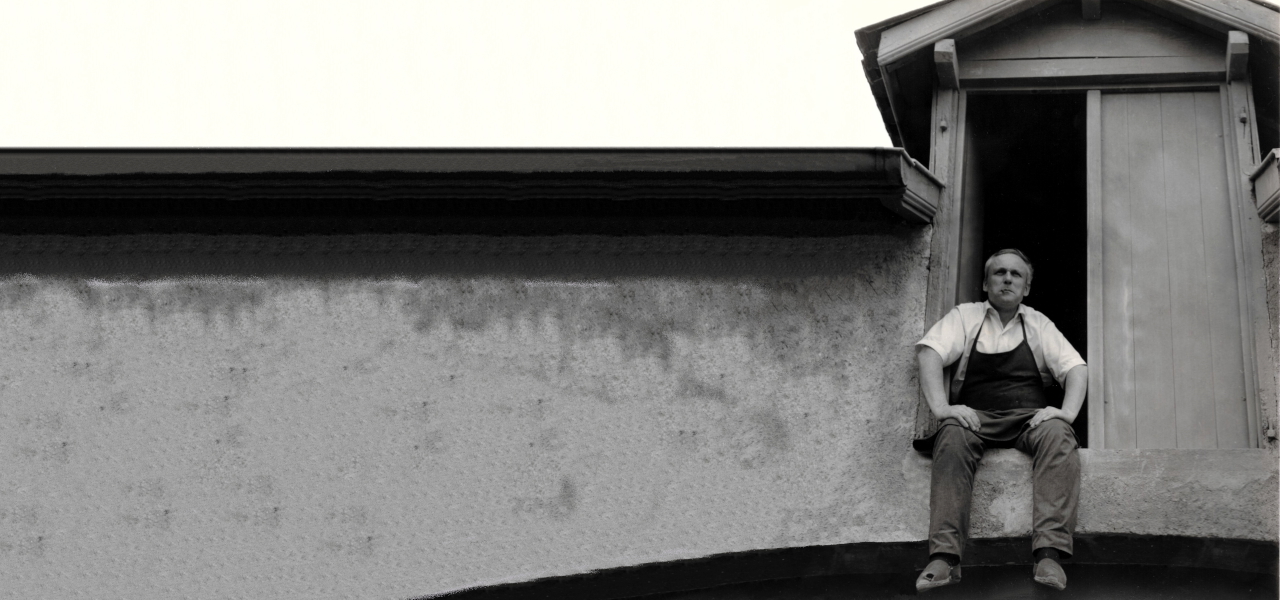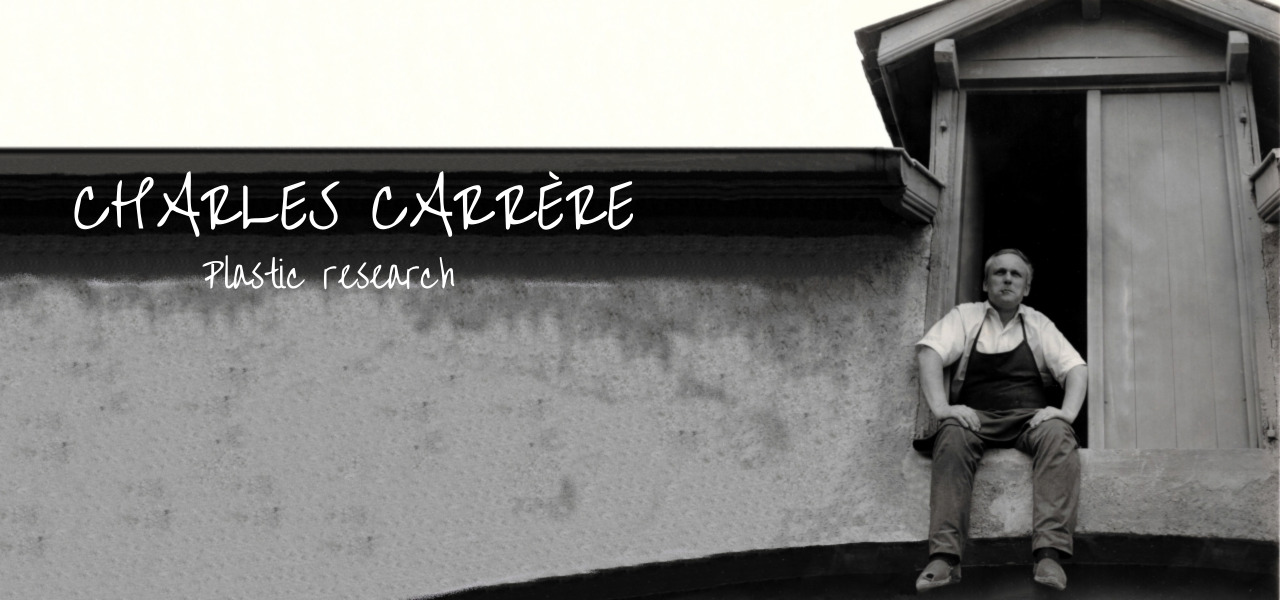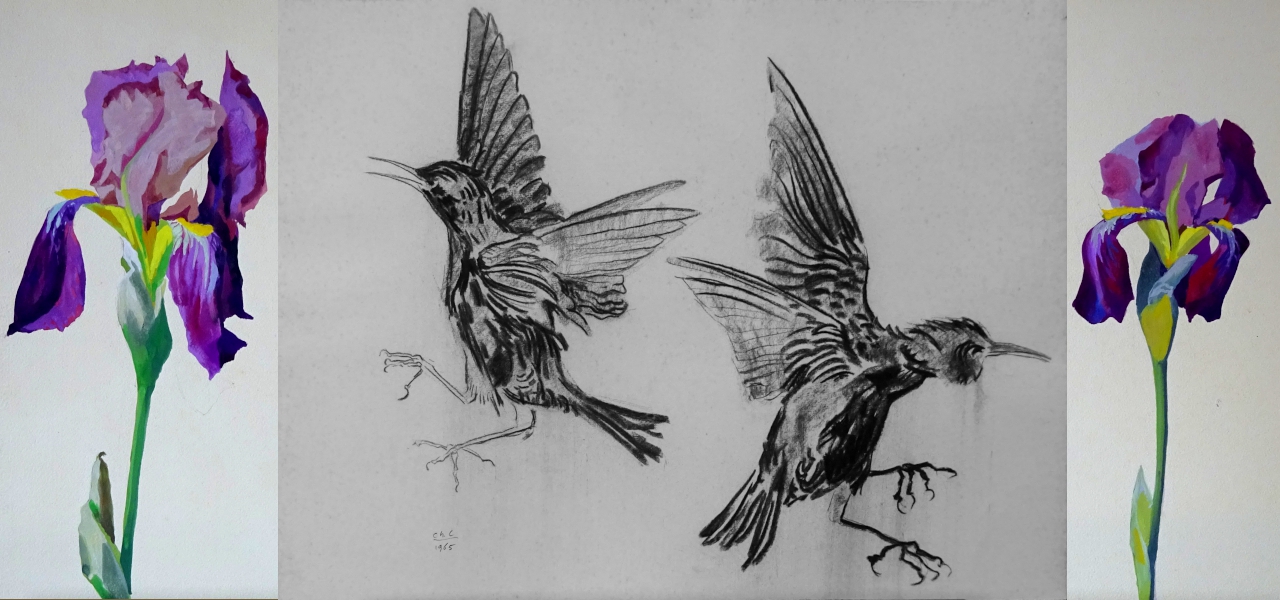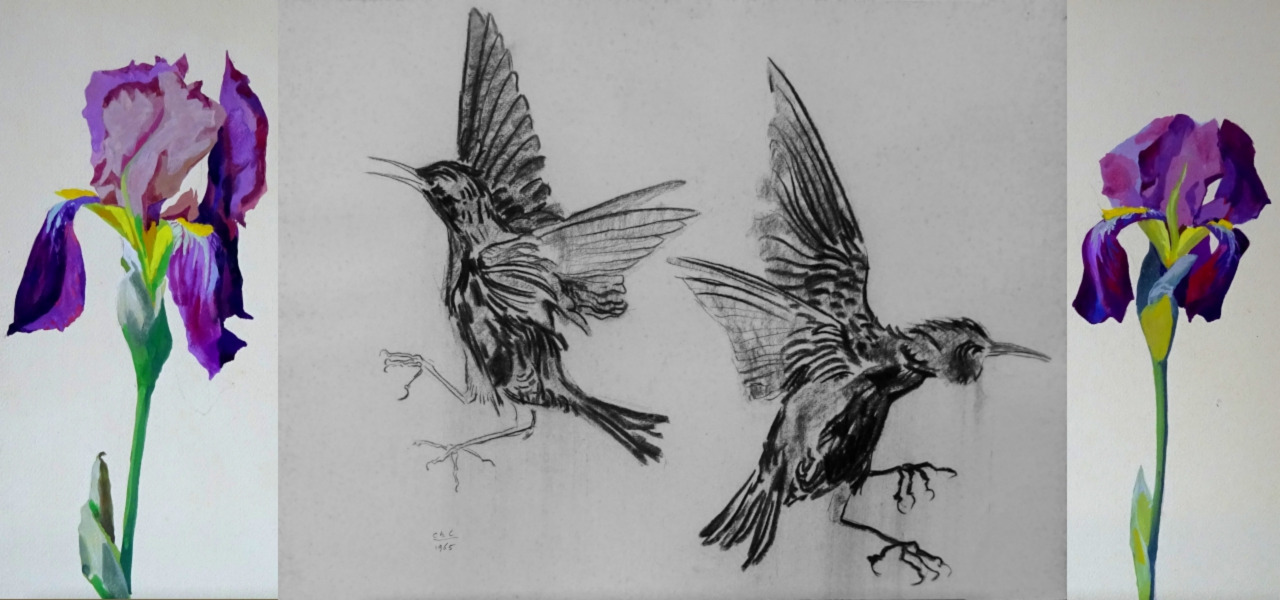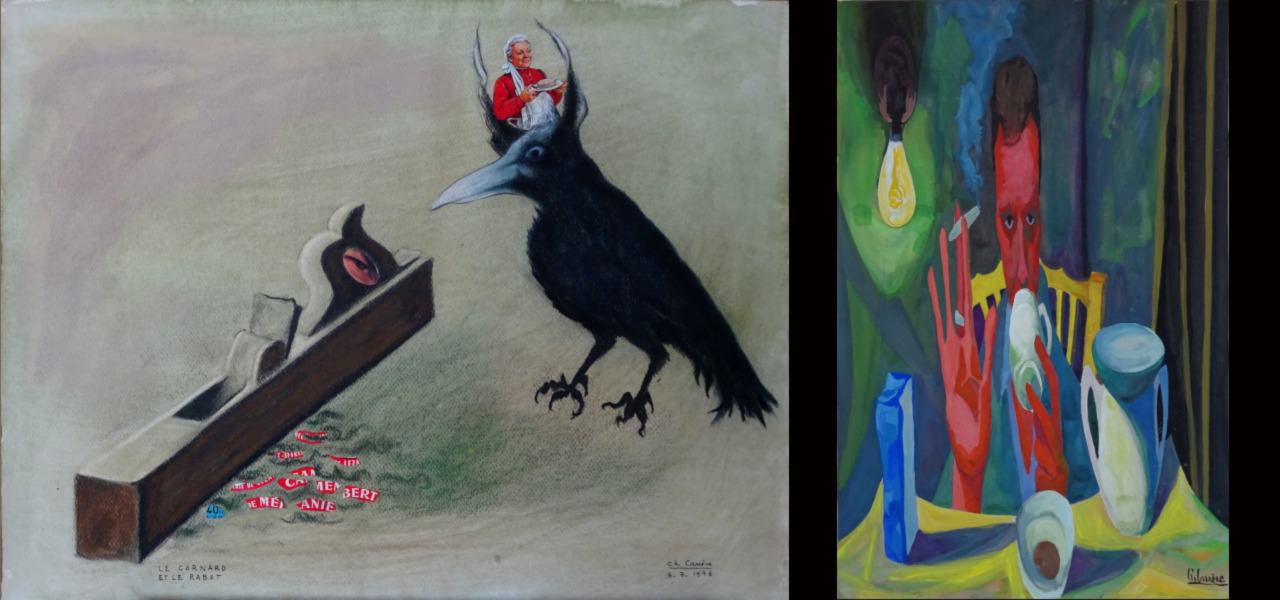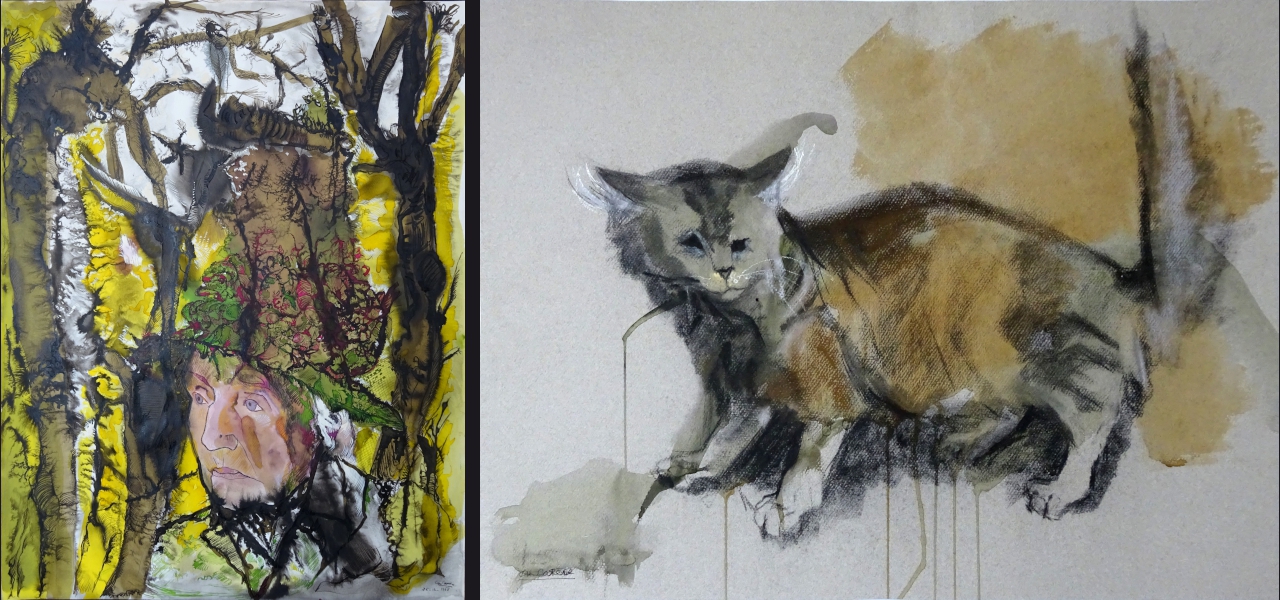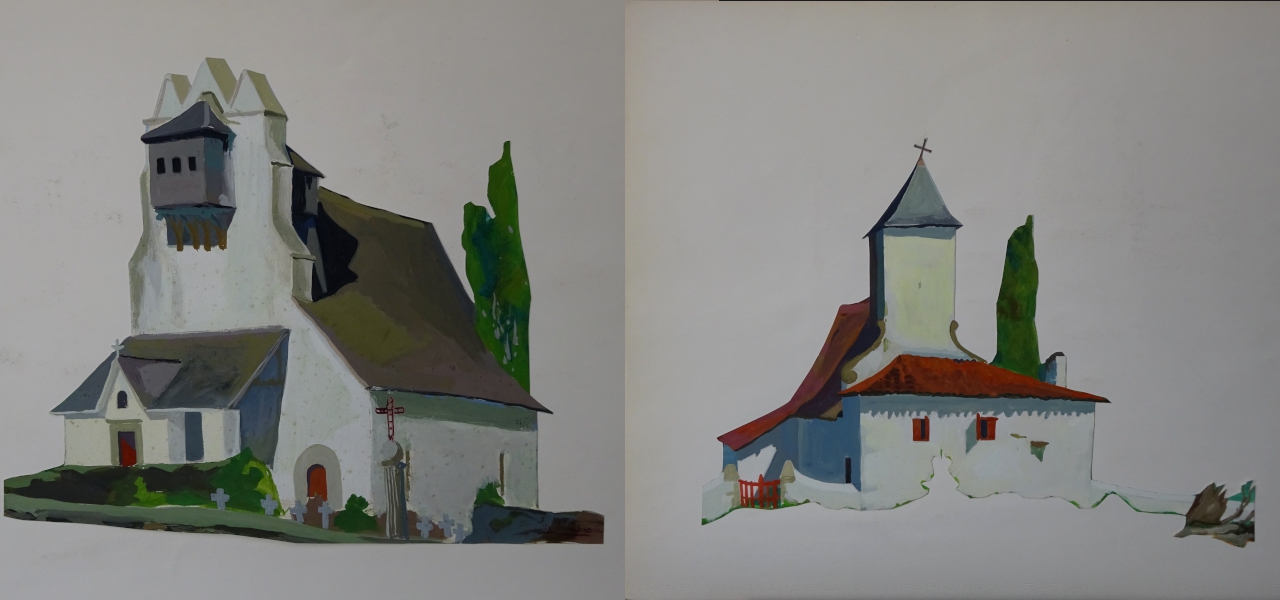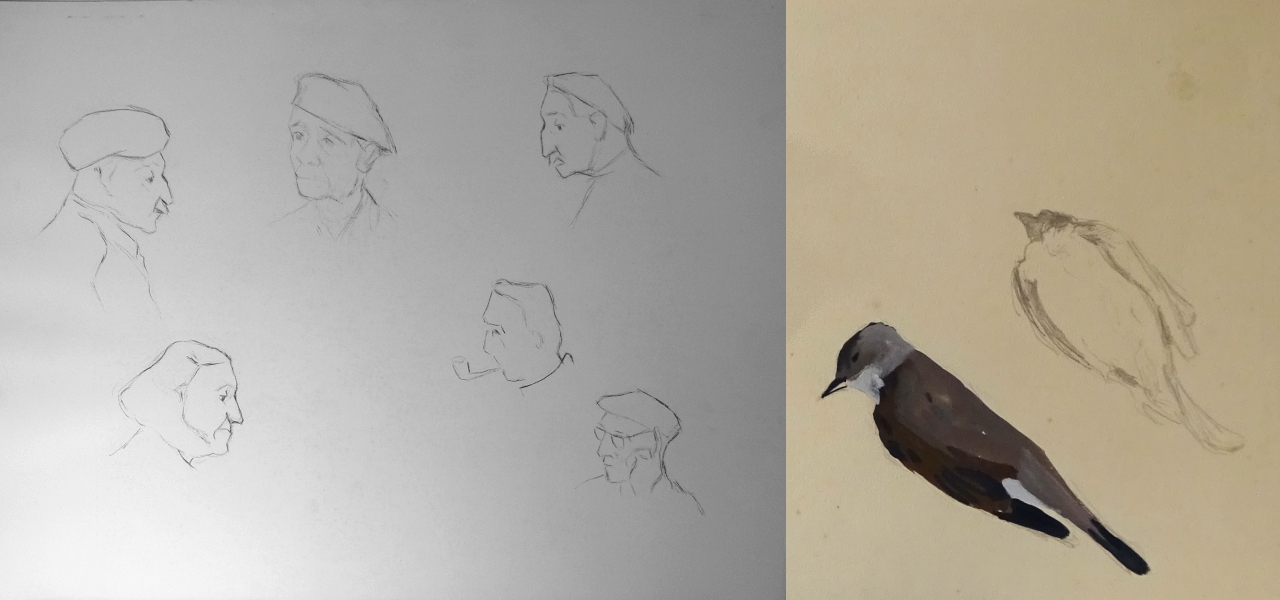Charles Carrère never stopped to maintain his general knowledge throughout his life. As he said: “An artist needs food”. He listened to the radio, whether as a master glassmaker or as an artist. He listens to France Culture and France Musique. At the same time, he assiduously visited specialised bookshops and ordered certain works to perfect his knowledge. It was after the war that he discovered art magazines such as Labyrinthe, l’Oeil and Traits to name but a few.

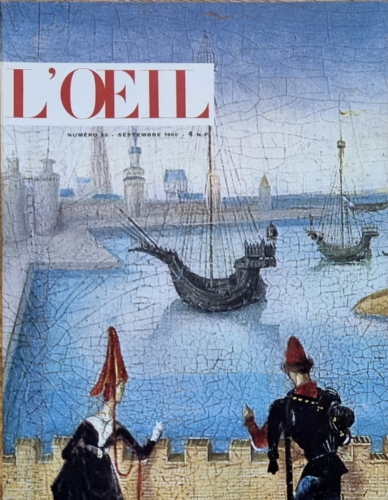

From then on, his research immediately took a different turn. He tests and studies the ways of expression of pictorial art. Thus, as an exercise, he imitates, copies and then seeks to find his style.
THE “DÉTOURNEMENTS”
Charles Carrère draws a lot and with talent. He was always looking for new subjects to explore in his drawings. He had seen the work of Brueghel the Elder, “Le Pays de Cocagne”, and liked the Master’s style. From then on, he had fun diverting a detail of the painting to make a “Carrère work”.
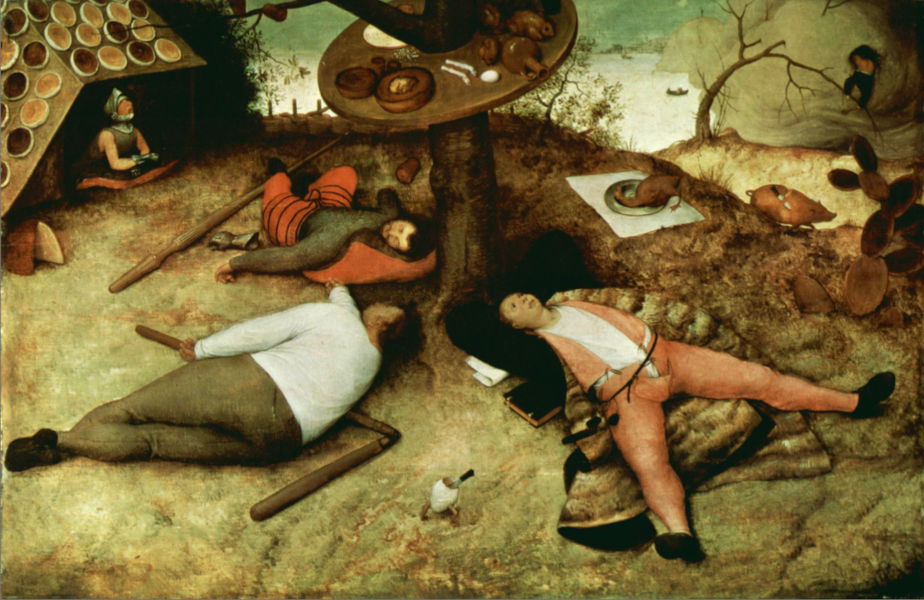
photo©The Yorck Project (2002) – commonswikipedia.org
In this painting in the Alte Pinakotek Museum in Munich, a peasant, a soldier and a scholar are seen lying down to digest. It is indeed a time of plenty, and we can even see wafers growing on the roof. And then between the peasant and the scholar we see an egg…. it’s a very small detail…
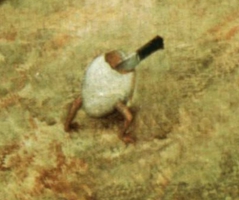
Charles Carrère chose this detail and copied it in his own way from a different angle, making it the main subject of his drawing: Astonishment in the henhouse
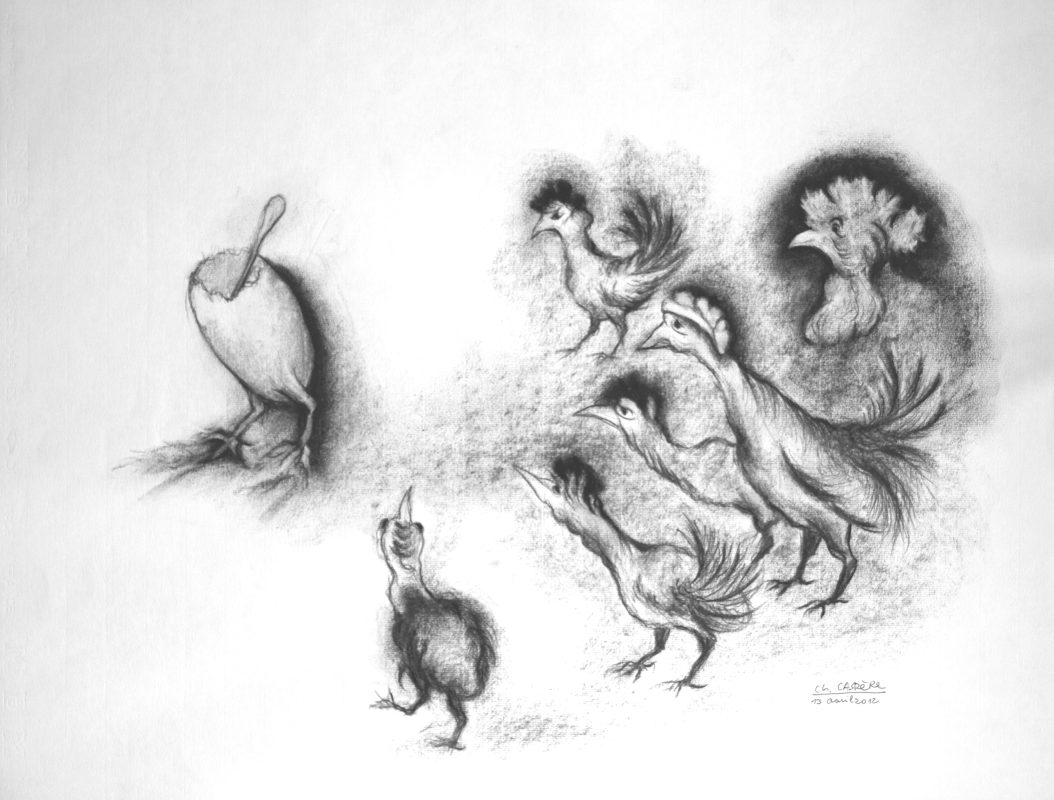
The artist will work a lot on his drawing and will play with Goya, Bosch and Dürer, the great masters he admires.
The Focus essay will highlight one of the artist’s works and explain it in detail
THE COLLAGES
The first technique that surprised him was collages when he discovered those of Braque and Picasso. He then started collecting everything that could be useful to him. He kept the advertising magazines he found in his mailbox, and bought cakes at the bakery to keep the lacy paper. He also cuts out pictures from magazines and stores materials he thinks will be useful.
Charles Carrère defines his research work as follows: “I start by creating a background painted with gouache or watercolour which will serve as a basis. Then, the collages are an amalgam of different elements which, arranged in a certain way, will create volume and perspectives. You could say that I create a 3D effect.
Here are two works: on the left Charles Carrère pays homage to Pablo de Sarasate, a Basque violinist and composer from Iruña (Pamplona), and on the right Icarus, a character from Greek mythology, son of Daedalus, who flew too close to the sun, which caused his feathers to melt and stick to the wax. Charles Carrère defines Icarus’ look as desperate because he is aware of his fall and its outcome.

Photo©JanieC

Photo©JanieC
Here are “Oyster” and “Bouquet” two other works. Charles Carrère liked his bouquet because, he said, you can see the three-dimensional effect of the painting. For the oyster it is the human eye that creates a strange effect. The choice of pastry lace is not insignificant. The artist explains that it is to emphasize that the oyster is a refined element. And the eye is there to watch who is going to eat it.
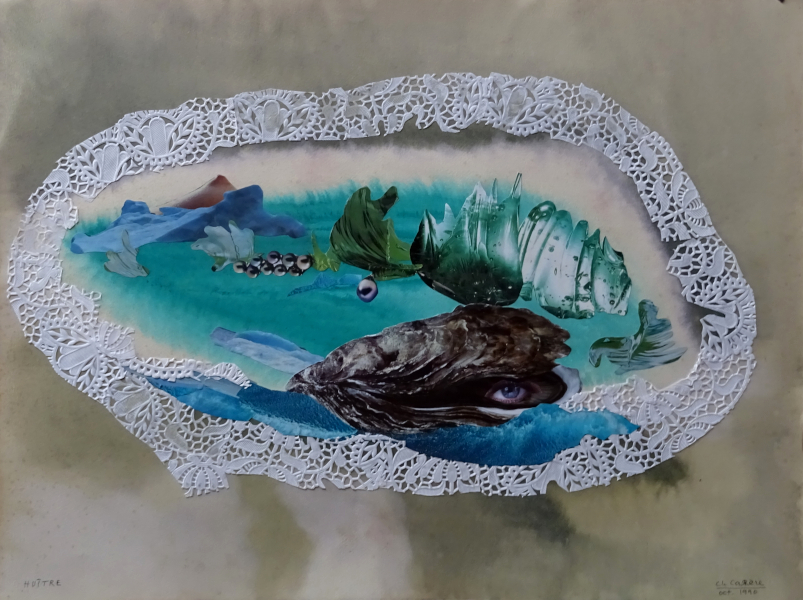
Photo©JanieC

Photo©JanieC
THE GAZE, THE MAIN FOCUS OF THE RESEARCH
Charles Carrère’s drawers are overflowing with photos. And some of them seem strange… like for example the pictures of kitchen towels. And then if you look through his work, you end up understanding. Charles Carrère used to say: I throw the cloth away and then I look at how it fell. And if I like it, I photograph it because I know that I will use it one day…. Here is an example with this collage: “Three glances at a pantry”.
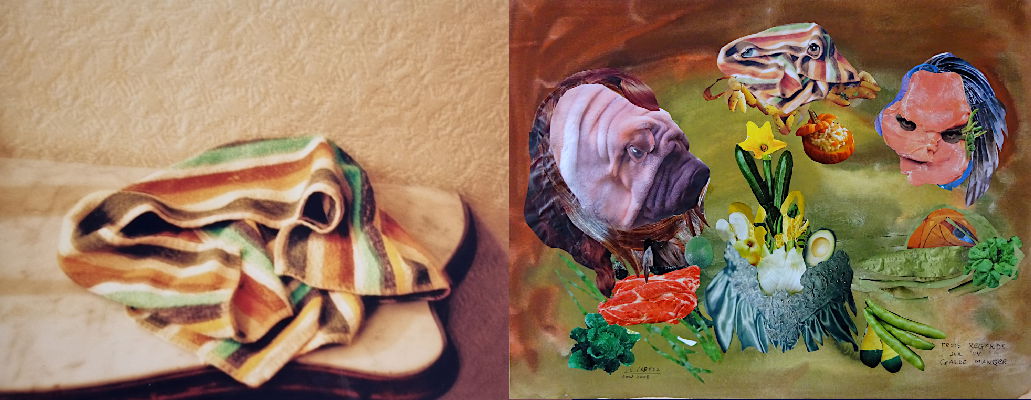
Other photos remain in the enigma stage but the inventory of his work will undoubtedly help to solve the mystery. There are photos of gloves arranged in a certain way with their fingers in the air, photos of shoes etc… Once the photos have revealed their use by Charles Carrère, a Focus will be devoted to this subject.
RESEARCH ON DILUTION
Charles Carrère expands his painting techniques by playing with dilutions, drips, wet papers, splashes of water, drops deposited to create an effect with sometimes the addition of ink superimposed on the watercolour gouache. Below, a portrait of the artist’s mother. Charles Carrère wet the paper before creating the background but then played with the amount of paint. Sometimes he had to blow a little on the drawing or simply tilt the paper to accentuate the dilution movement.
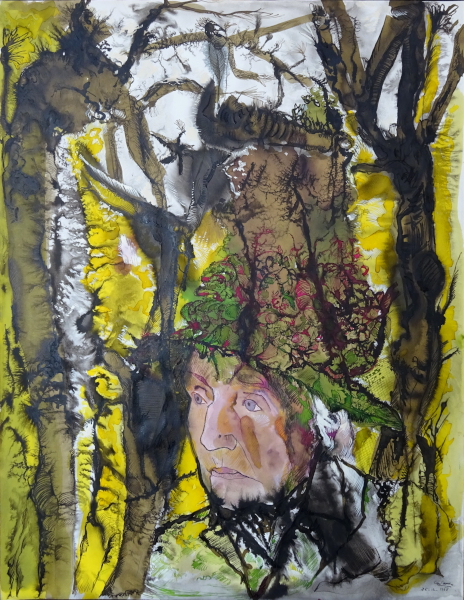
Photo©JanieC
Back to the main page: The multi-faceted artist
Or back to the home page
This post is also available in: French

